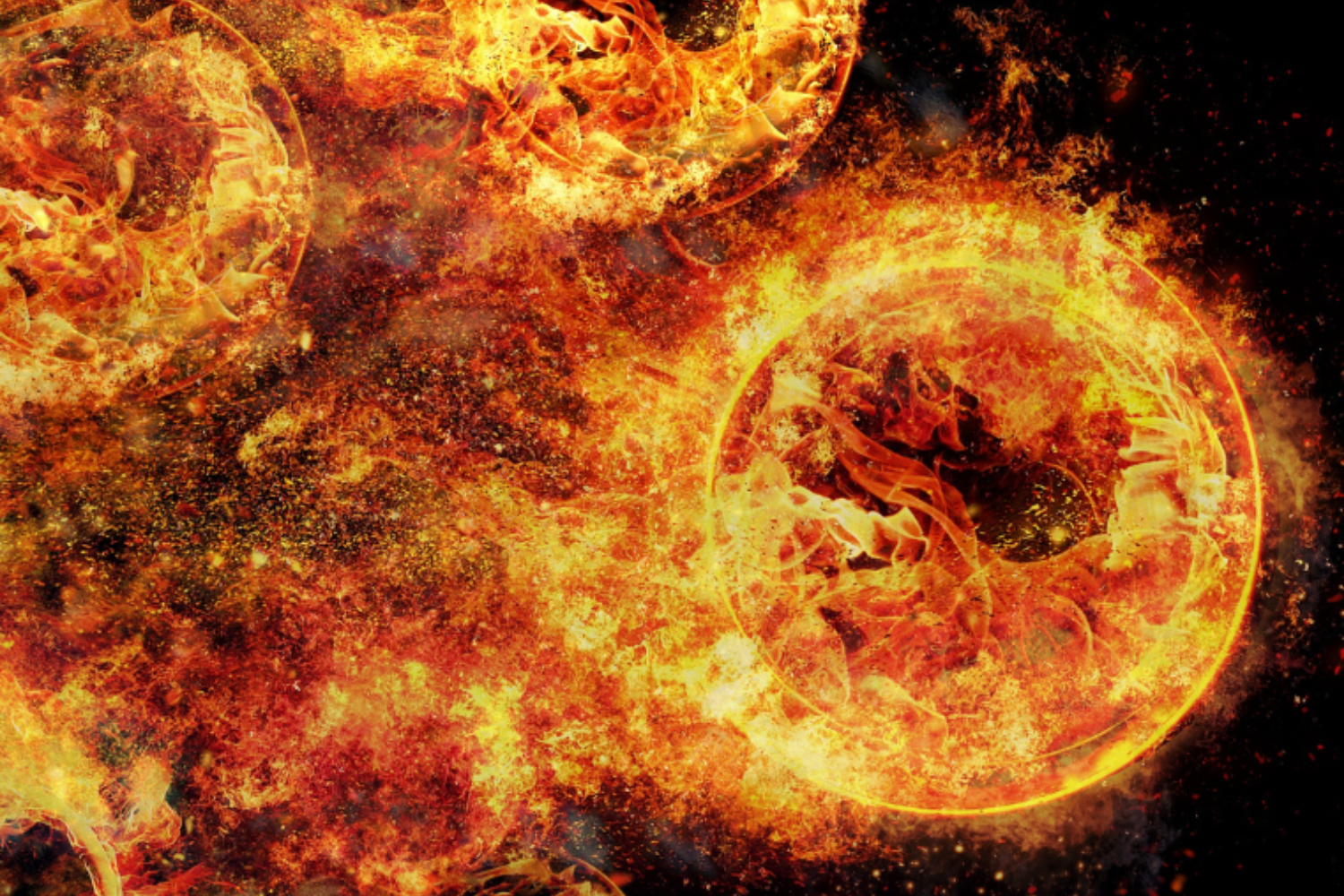The authors argue that the world’s dependence on networks and critical infrastructure renders it increasingly vulnerable to “cascading disasters” in which “it is common for the secondary effects to be new sources of impact, which may be more devastating than the original trigger.” To help analyze the vulnerability pathways through which disaster cascades propagate, they overview the efforts of the Cascading Disasters Research Group at University College London to measure the magnitude of cascading disasters and distinguish five types of complex disaster impact, and they highlight recent progress in studies of cross-domain network dependencies.
What are Cascading Disasters?

Author(s)
David Alexander and Gianluca Pescaroli
Publication Date
8 August 2019
Publisher
UCL Open: Environment, vol. 1, no. 3
DOI / URL

Resource Type
Academic Journal Article
Systems Addressed
Energy • Technology • Transportation
Resource Theme
Disaster Prevention and Response
